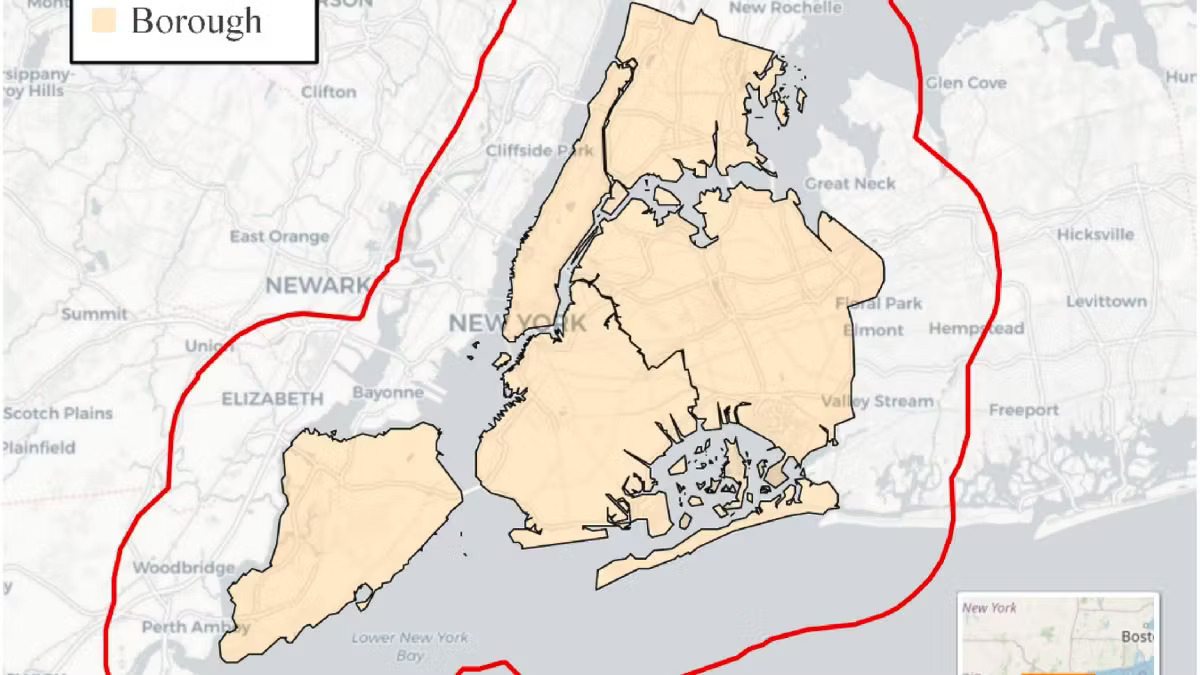Unreliable forecasts: Stevens researchers challenge weather forecasters' biggest weakness

Effective community responses to sudden storms, floods, and other emergencies require more accurate 'nowcasting' algorithms.
Anyone who’s been caught in an unexpected downpour knows that weather forecasting is an imperfect science. Now, researchers at Stevens Institute of Technology are aiming at one of meteorologists’ biggest blind spots: extremely short-term forecasts, or nowcasts, that predict what will happen in a given location over the next few minutes.
“This isn’t just about whether you should take your umbrella with you when you go on a walk,” said Dr. Marouane Temimi. “The forecasts that we’re missing – the ones that look 2 to 5 minutes into the future – are precisely what’s needed to respond to storms, floods, and other emergencies effectively.”
The National Oceanic and Atmospheric Administration (NOAA) publishes round-the-clock rainfall predictions, but its shortest-term forecasts begin a few hours into the future. The lack of more immediate nowcasting hinders community responses to sudden catastrophes such as Hurricane Ida, for example, in which rapid flooding killed multiple people in New York City, explained Dr. Temimi, a hydrometeorologist at Stevens whose work appears in the Aug. 19 online issue of Environmental Modeling & Software.
Researchers in Temimi’s lab used historical data from the NOAA’s weather radar systems to test the accuracy of seven different nowcasting algorithms. Studying eight years of meteorological data from the New York region, they were able to provide the first robust comparison of the models’ accuracy across a wide range of weather conditions. The work will help determine which models work best in any given location or use case.
The Stevens team studied both deterministic and probabilistic nowcasting models. While the former assumes that a rain cell will not change over time, the latter accounts for the chaotic, ever-changing nature of a rain cell, which is determined by the dynamics of warm and cold air within a cloud. For predictions over periods of a few minutes, both models proved highly accurate. Over periods of up to 90 minutes, however, probabilistic models were significantly more accurate.
If probabilistic models are highly accurate in predicting both long- and short-term rainfall events, why have deterministic models? Validating deterministic models is useful because probabilistic models are far more computationally demanding. For instance, LINDA-P, a probabilistic model, proved to be the most accurate model tested, but it takes 15 minutes to generate a nowcast based on current conditions. Therefore, it can’t be used for extremely short-term projections.
Some models also perform better in certain conditions: LINDA-P is designed to predict sudden torrential rainfall, enabling it to outperform other models during summer months, when sporadic but intense storms are more likely to occur. Other models make granular predictions that are more error-prone, but useful when higher-resolution forecasting is needed.
“The key takeaway is that we need to select nowcasting models based on their intended use-case,” said Achraf Tounsi, the paper’s lead author who recently completed his doctorate in Temimi’s lab. “If you want to know if it will rain in the next five minutes, you need a deterministic model. If you’re running an airport or seaport and want data for the next 20 minutes, or hour, you’ll be better served with a probabilistic model.”
Temimi and Tounsi will dig into the reasons why certain models perform better than others across a range of conditions. By using those insights to improve algorithms, and sourcing more precise weather data, it should be possible to develop more versatile and accurate nowcasting models.
“That’s our next assignment,” said Tounsi. “We hope to develop our nowcasting model — and teach it to outperform the ones we’ve assessed in this paper.”
The research conducted by Stevens researchers into the blind spot of weather forecasting is an important step forward in understanding the limitations of current forecasting models. However, further research is needed to explore the implications of their findings and to develop more accurate forecasting models. The results of this research suggest that weather forecasting may be improved by taking into account the effects of small-scale weather phenomena, but more research is needed to confirm this.

 How to resolve AdBlock issue?
How to resolve AdBlock issue?